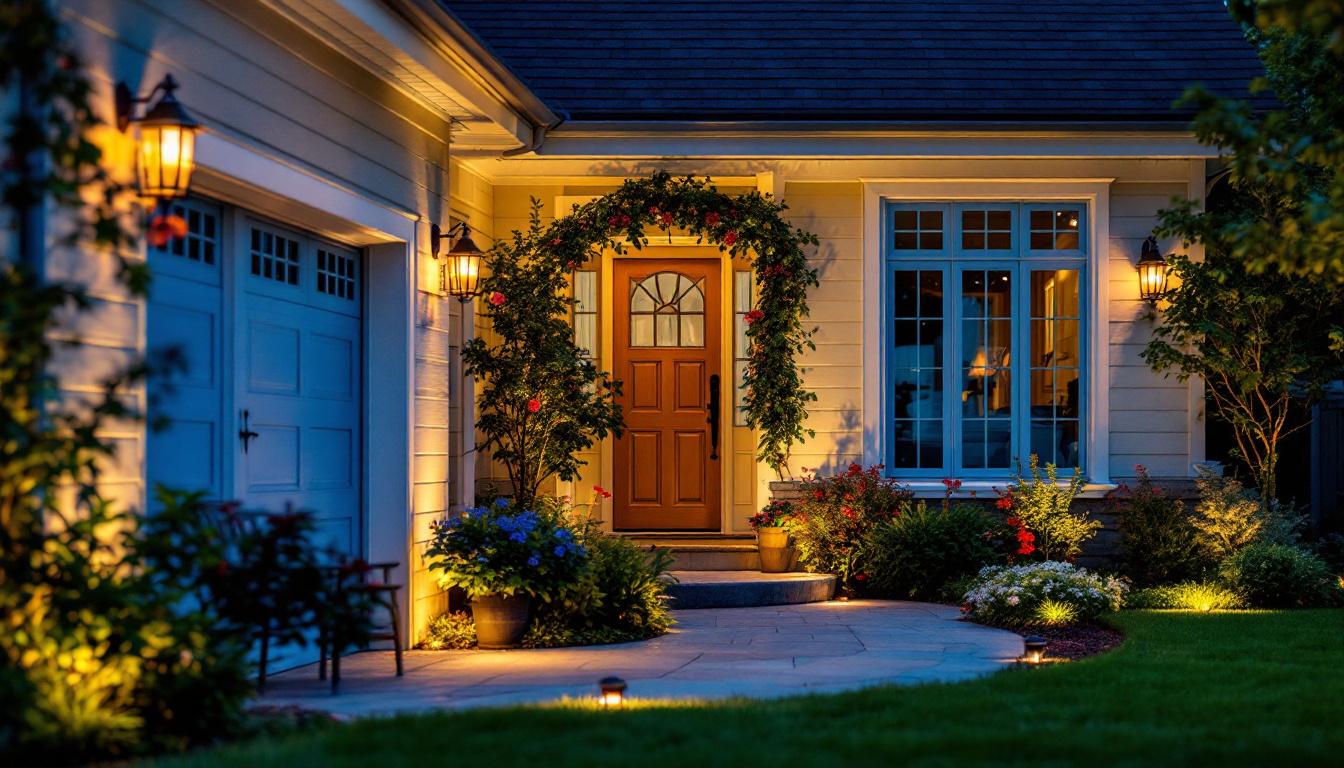
As a lighting contractor, understanding outdoor lighting design is crucial for enhancing the aesthetic appeal and functionality of residential properties. This article provides a concise overview of outdoor lighting concepts, techniques, and best practices, ensuring that contractors can deliver exceptional results for their clients.
Outdoor lighting serves multiple purposes, from enhancing safety and security to creating ambiance and highlighting architectural features. It is essential for lighting contractors to grasp the fundamental principles of outdoor lighting to effectively meet client needs. The right outdoor lighting can transform a mundane space into a vibrant and inviting environment, making it a crucial aspect of landscape design.
Outdoor lighting can be categorized into several types, each serving a unique purpose. The most common types include:
Several components contribute to effective outdoor lighting design. Understanding these elements can help contractors create cohesive and functional lighting plans:
Additionally, the placement of lights is crucial in achieving the desired effect. Strategically positioning lights can create depth and dimension in the landscape, while also ensuring that areas are adequately illuminated. For instance, uplighting can be used to cast shadows and create a dramatic effect on trees or walls, while downlighting can mimic natural light and provide a softer glow for pathways and seating areas.
Moreover, considering the color temperature of the lights can significantly impact the overall ambiance. Warmer tones are often preferred for residential spaces, as they create a welcoming and comfortable environment, while cooler tones may be more suitable for modern or commercial settings. Balancing these elements is key to crafting an outdoor lighting scheme that not only meets functional needs but also enhances the aesthetic appeal of the property.
Effective outdoor lighting design requires a thoughtful approach that balances aesthetics with functionality. Lighting contractors should consider several design principles to create inviting outdoor spaces.
Layering light involves combining different types of lighting—ambient, task, and accent—to create a well-rounded outdoor environment. By strategically placing fixtures at varying heights and angles, contractors can achieve depth and dimension in their lighting designs. Ambient lighting provides a general illumination that sets the mood, while task lighting focuses on specific areas where activities occur, such as cooking or reading. Accent lighting, on the other hand, highlights architectural features or landscaping elements, enhancing the overall visual appeal of the space. This thoughtful layering not only enhances the beauty of the outdoor area but also ensures that it remains functional and usable during the evening hours.
Identifying focal points is crucial for accent lighting. Highlighting specific features, such as a beautiful tree or a water fountain, draws the eye and adds visual interest to the landscape. Contractors should consider the natural lines and shapes of the property when determining where to place accent lights. By using techniques like uplighting or downlighting, they can create dramatic effects that transform ordinary elements into extraordinary focal points. For instance, illuminating the trunk of a tree from below can create a stunning silhouette against the night sky, while soft lighting around a pond can enhance its reflective qualities. The interplay of light and shadow can evoke different moods and atmospheres, making the outdoor space feel dynamic and inviting.
Safety should always be a priority in outdoor lighting design. Pathway and step lights are essential for preventing accidents in dark areas. Additionally, security lighting should be bright enough to deter intruders while minimizing light pollution that could disturb neighbors. Motion-sensor lights can be particularly effective, as they provide illumination only when movement is detected, ensuring that areas remain well-lit without contributing to excessive brightness. Furthermore, the placement of lights should be carefully considered to avoid creating dark spots where potential hazards may lurk. By integrating safety features with aesthetic considerations, contractors can create an outdoor environment that is not only beautiful but also secure and welcoming for all who enter.
The selection of light fixtures plays a significant role in the overall success of an outdoor lighting project. Contractors must consider various factors when choosing fixtures to ensure they meet both aesthetic and functional requirements.
Outdoor fixtures must withstand the elements, so selecting materials that resist corrosion and fading is essential. Common materials include stainless steel, aluminum, and durable plastics. Contractors should also ensure that fixtures are rated for outdoor use to guarantee longevity. Additionally, it’s important to consider the finish of the materials; powder-coated finishes can provide an extra layer of protection against UV rays and moisture, helping to maintain the appearance and functionality of the fixtures over time. Regular maintenance, such as cleaning and checking for signs of wear, can also extend the life of outdoor lighting installations.
Fixtures should complement the architectural style of the home and the surrounding landscape. Whether the design is modern, traditional, or rustic, there are countless options available to suit various tastes. A cohesive look enhances the overall appeal of the property. Moreover, the placement of fixtures can dramatically influence the ambiance of outdoor spaces. For instance, strategically positioned wall sconces can create a warm, inviting atmosphere, while pathway lights can guide guests safely while showcasing garden features. Incorporating a mix of fixture styles can also add depth and interest to the lighting design, making the outdoor area more visually engaging.
With the growing emphasis on sustainability, energy-efficient lighting solutions are becoming increasingly popular. LED bulbs, for example, consume significantly less energy than traditional incandescent bulbs and have a longer lifespan. Contractors should educate clients about the benefits of energy-efficient options to promote eco-friendly practices. Additionally, integrating smart lighting systems can further enhance energy savings by allowing homeowners to control their outdoor lighting remotely, set schedules, and even adjust brightness levels based on the time of day. Such technology not only contributes to reduced energy consumption but also offers convenience and improved security for the property.
Proper installation is critical to the success of outdoor lighting projects. Lighting contractors should adhere to best practices to ensure safety, functionality, and longevity of the lighting systems they install.
Before installation, contractors should create a detailed lighting plan that outlines the placement of fixtures, wiring routes, and power sources. This plan should consider the property’s layout, landscaping features, and the intended use of each area.
Safe and secure wiring is paramount. Contractors should use outdoor-rated wiring and connectors to prevent moisture damage and ensure safety. Properly burying wiring below ground level can also protect it from damage and reduce tripping hazards.
Once the installation is complete, testing the lighting system is essential. Contractors should check for proper functionality, adjust angles and brightness levels, and ensure that all fixtures are securely mounted. This step allows for any necessary tweaks before the final walkthrough with the client.
Regular maintenance is key to ensuring outdoor lighting systems continue to function effectively over time. Lighting contractors should provide clients with guidance on maintaining their systems to prolong their lifespan and maintain performance.
Outdoor fixtures can accumulate dirt, debris, and grime, which can diminish their effectiveness. Contractors should recommend a regular cleaning schedule to clients, emphasizing the importance of keeping fixtures clear for optimal light output.
Periodic inspections of wiring and fixtures are essential for identifying any signs of wear or damage. Contractors should advise clients to look for frayed wires, rust, or broken fixtures, as early detection can prevent more significant issues down the line.
As technology evolves, lighting systems may benefit from upgrades. Contractors should stay informed about new products and technologies, such as smart lighting controls, that can enhance functionality and efficiency. Educating clients about these options can lead to improved satisfaction and potential future projects.
Outdoor lighting is an essential aspect of residential design that enhances safety, security, and aesthetics. By understanding the principles of outdoor lighting, choosing the right fixtures, and adhering to best installation practices, lighting contractors can deliver exceptional results for their clients. Regular maintenance and staying updated on industry trends will further ensure the longevity and effectiveness of outdoor lighting systems.
In just five minutes, this overview has provided valuable insights for lighting contractors looking to excel in outdoor lighting projects. With the right knowledge and skills, contractors can transform outdoor spaces into beautifully illuminated environments that clients will love.
Ready to elevate your outdoor lighting projects with the finest selection of spec-grade products? Look no further than LumenWholesale, where we provide lighting contractors with high-quality fixtures at the most competitive wholesale prices. Our commitment to excellence ensures that you receive dependable, cutting-edge lighting solutions for every outdoor space. Plus, with the convenience of free shipping on bulk orders, you can trust that you’re getting the best value without any hidden costs. Transform your clients’ exteriors into stunning showcases of light and shadow. Wholesale Lighting at the Best Value is just a click away. Experience the LumenWholesale difference today!
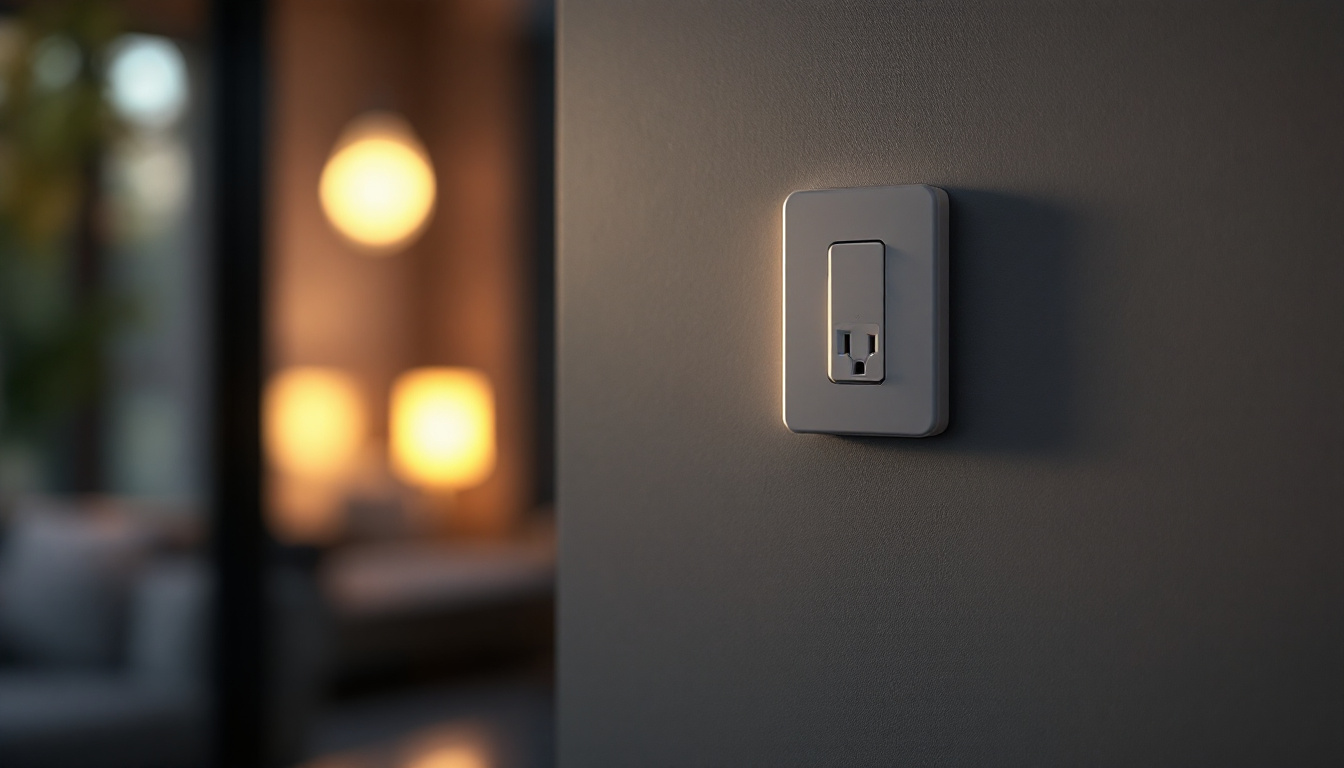
Discover how electrical outlets with integrated switches are revolutionizing lighting design and installation.
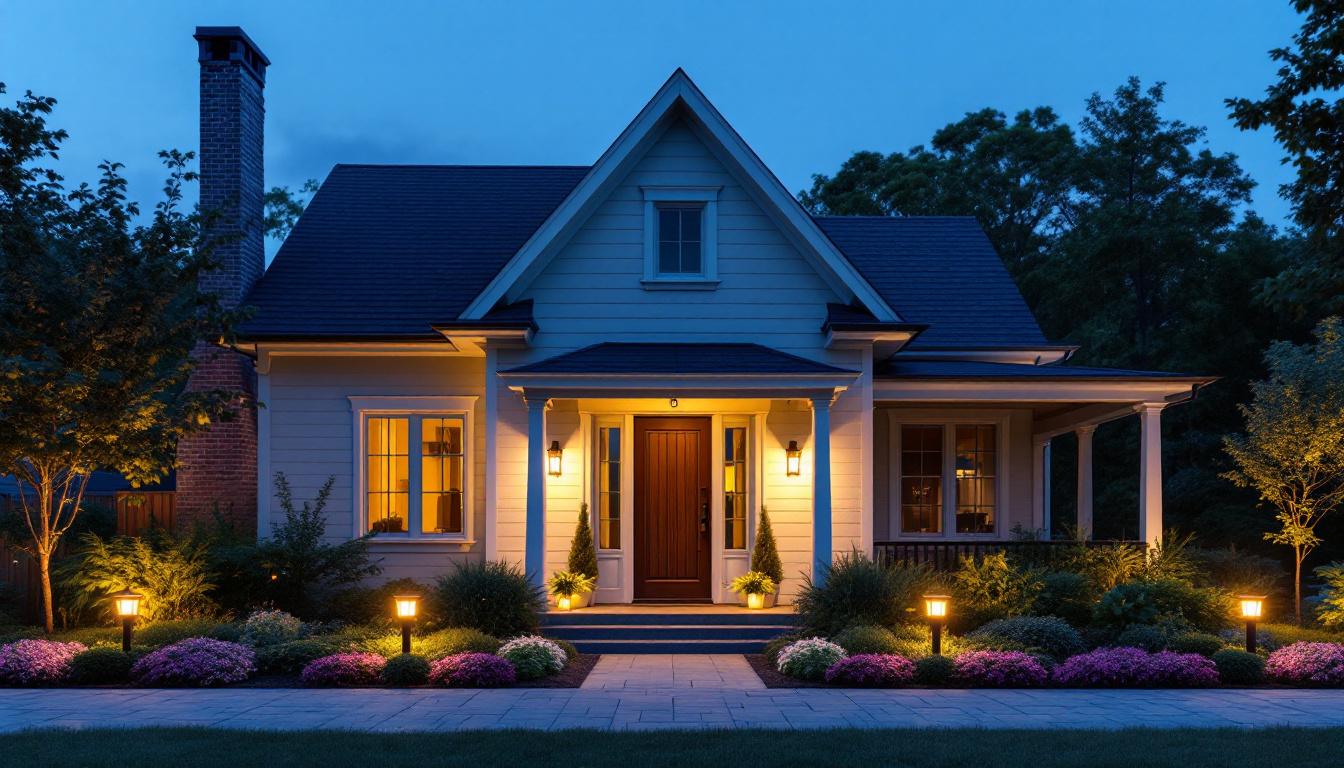
Discover the top lighting solutions for enhancing the exterior of any home with our comprehensive guide.
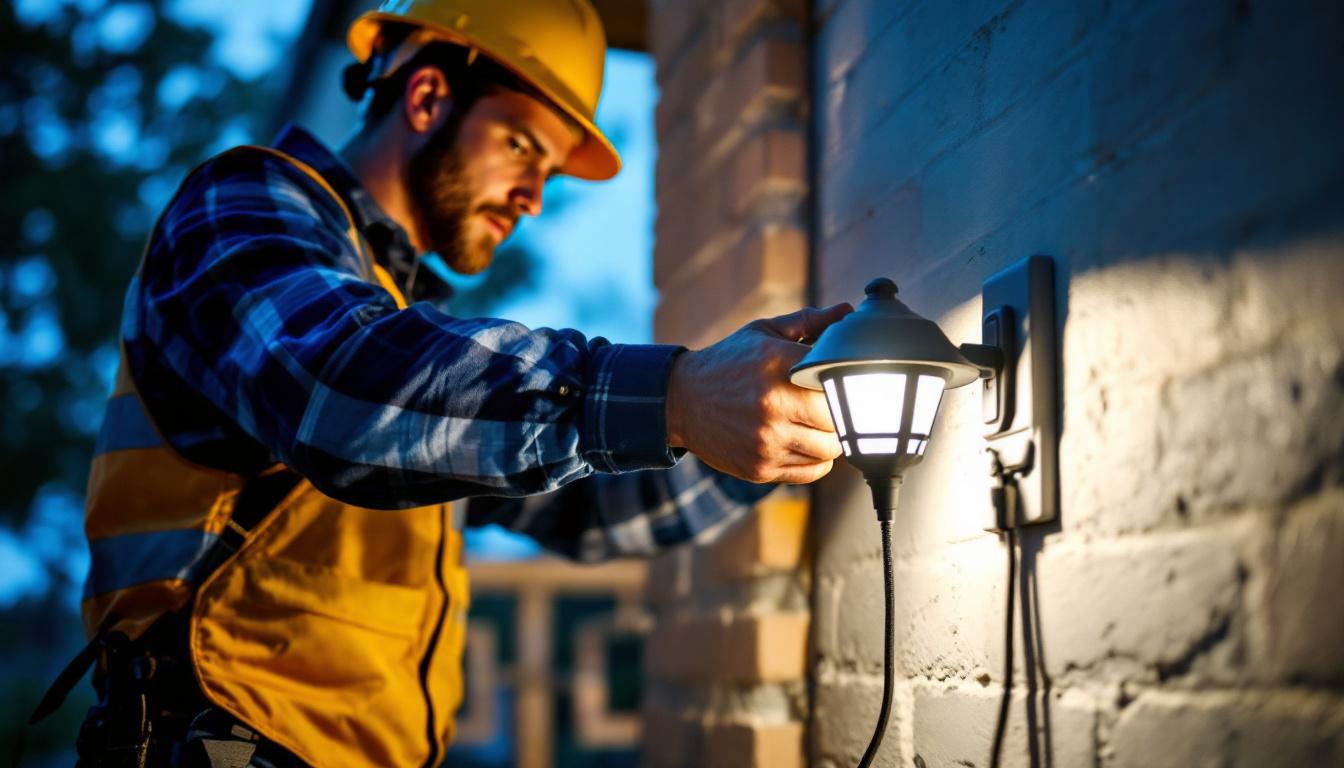
Discover essential tips for lighting contractors to seamlessly integrate solar-powered lights with switches.
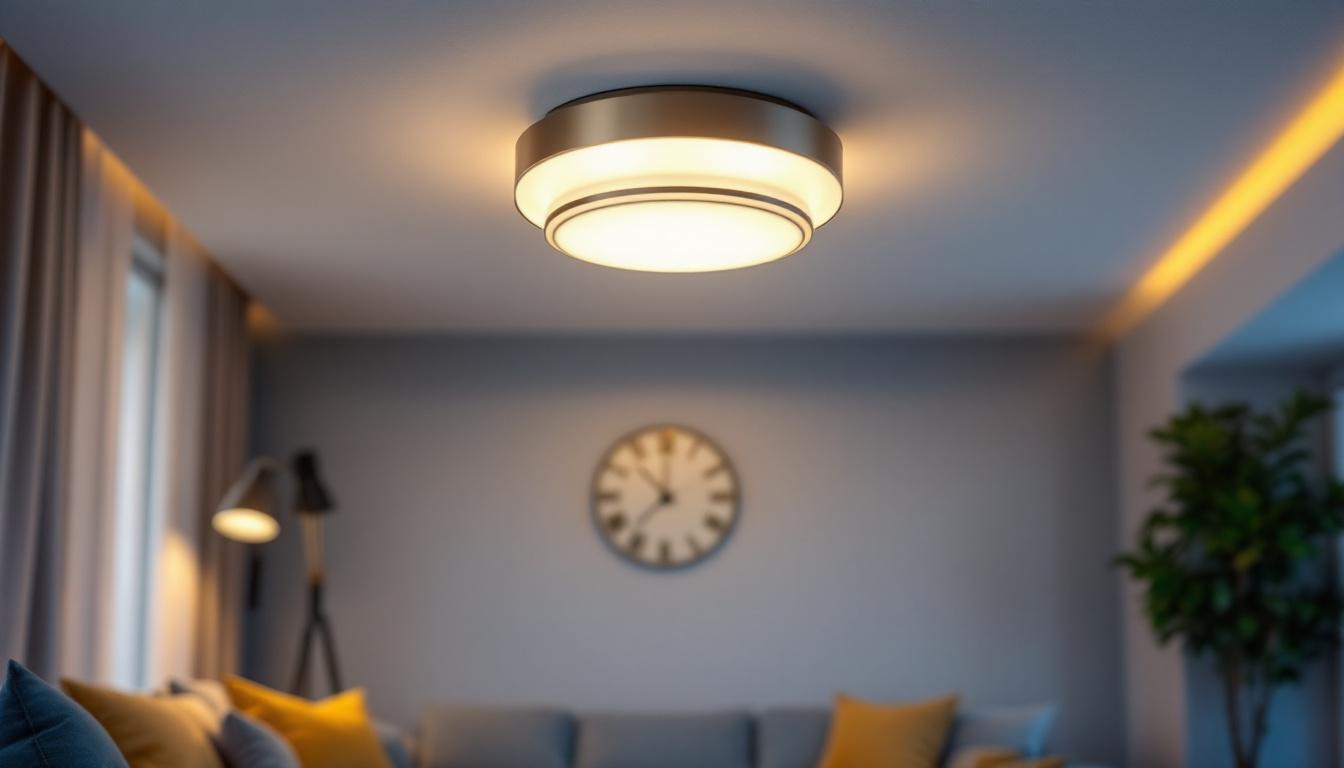
Explore the transformative role of flush mount ceiling lights in contemporary interiors.